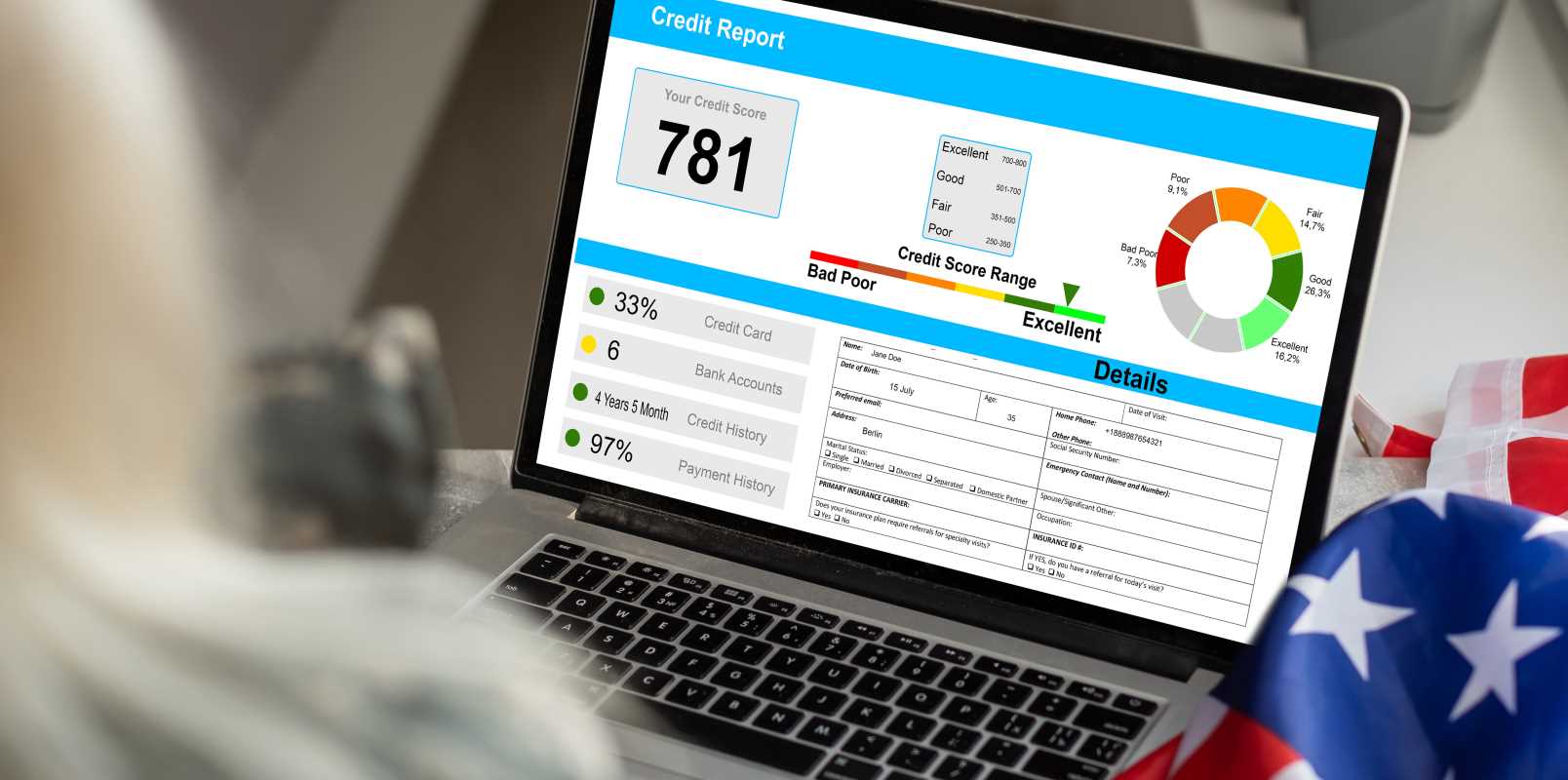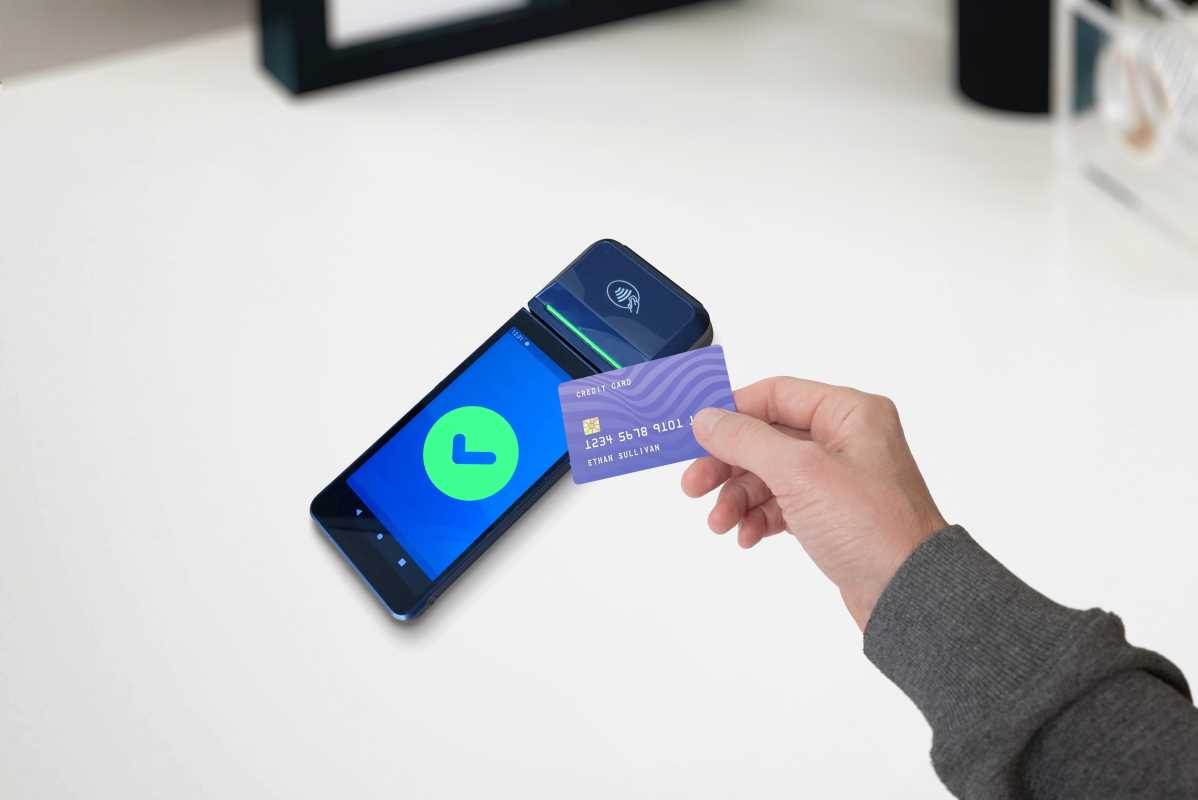Curiosity about digital assets often grows when traditional savings accounts fail to inspire confidence. Many people feel both excitement and nervousness as they consider stepping into the world of crypto, a field that once seemed out of reach for most. Exploring this evolving landscape can open up new possibilities for personal finance. Understanding how cryptocurrencies can add diversity and potential growth to your portfolio may change the way you think about investing. By taking a closer look at the benefits and opportunities that crypto offers, you can decide if this path aligns with your financial goals and helps you feel more engaged in your financial future.
New Ways to View Crypto’s Role
- A gateway to global liquidity: Building a portfolio that taps international markets often comes with hefty minimums or complex approvals. Cryptocurrencies let you move assets across borders without an intermediary bank, and most exchanges let you start with under $50. Insider tip: fund your account with a small recurring purchase to smooth out price swings and avoid market timing stress.
- An alternative savings mechanism: Traditional savings accounts often yield fractions of a percent annually, and inflation can quietly erode your buying power. Digital assets like stablecoins offer yields that range from 3% to 8% when staked or loaned on decentralized platforms. Before staking, compare lock-up periods carefully to avoid early withdrawal penalties.
- Ownership of digital infrastructure: When you hold private keys yourself, you take direct control of your assets without relying on centralized gatekeepers. Hardware wallets cost between $60 and $150, and most come with easy setup guides that walk you through generating secure keys. Store your recovery phrase offline in a waterproof container to prevent accidental loss.
Concrete Steps to Start Investing
- Exchange account setup: Choose a reputable platform with insurance protection and transparent fee structure. Create your account by verifying your identity in three steps: upload a government ID, snap a live selfie, link your bank account. Fees typically range from 0.1% to 0.5% per transaction, depending on trade volume. Insider tip: enable two-factor authentication via an authentication app rather than SMS to block SIM-swapping attacks.
- Portfolio allocation planning: Decide on a clear percentage for crypto exposure to avoid emotional trading swings. Step one: determine your total risk budget, step two: assign 60% to established tokens, step three: cap speculative assets at 5% of overall net worth. You can track allocations with free portfolio trackers that sync in real time. Insider tip: recalibrate your percentages quarterly to rebalance after big price moves instead of daily tinkering.
- Use of a hardware wallet: Purchase an offline device that isolates private keys from internet connections. Follow instructions to initialize the wallet, generate a recovery seed phrase, and test sending a tiny amount. Most models cost under $100 and work with major exchanges. Insider tip: run firmware updates only on the official website to avoid malicious clones or phishing links.
- Staking tokens for yield: Identify coins supporting proof-of-stake consensus and check network APR metrics, which range from 4% to 15%. Delegate your tokens through your wallet interface in three clicks: select validator, choose stake amount, confirm transaction. Lock-up durations vary from 7 to 90 days, so align that with your cash flow needs. Insider tip: pick validators with low commission fees but high uptime records to maximize net returns.
- Monitoring performance with alerts: Set price and portfolio value thresholds using mobile apps that send push notifications. Configure high and low price points across three asset classes, link your exchange API for balance tracking, and customize alert cadence. Many apps offer basic alerts for free and charge $5–$10 monthly for advanced analytics. Insider tip: use percentage-based alerts to catch broad swings rather than fixed-dollar values that become outdated quickly.
Building Confidence with Real-World Examples
Once you’ve made initial moves, watching firsthand how small adjustments pay off fuels further learning. Spotting patterns in volatile markets becomes easier when you’ve logged experiences in a simple spreadsheet or journal. Recording your entry and exit prices helps you see where you nailed timing and where fear or greed crept in.
Try allocating micro-positions—say 1% of your portfolio—into new projects. That method lets you research deeply without exposing yourself to overwhelming losses. Over time, your reaction speed and decision-making criteria sharpen. You’ll stop second-guessing and start taking calculated risks with a clearer mind.
Protecting Your Growth and Managing Risk
- Use multisignature wallets: Distribute transaction approval across two or three devices so a single compromised key can’t drain funds. Set it up in three parts: choose a multisig wallet service, generate multiple keys on separate devices, then configure signing rules. Most services charge a one-time fee under $20. Insider tip: keep one key on a hardware wallet, one on a secure mobile app, and the third offline for maximum safety.
- Secure your recovery phrase: Write your phrase on metal plates or acid-free paper, then store copies in two separate fireproof safes or safety deposit boxes. Avoid digital backups like photos or cloud notes. When you record, test-recover once on a spare device to confirm accuracy. Insider tip: don’t store both safes in the same building—geographic separation prevents simultaneous disasters.
- Stay aware of tax reporting: Most jurisdictions view crypto as property, so every trade triggers a taxable event. Track each buy, sell, swap, and stake reward using specialized software that integrates with exchanges automatically. Plans generally range from free for básicos to $50 per year for full-featured options. Insider tip: run a tax report preview mid-year to adjust your estimated payments and avoid surprises at filing time.
- Keep phishing blockers active: Install browser extensions that flag known malicious domains and prevent fake login pages. Update blocklists every week in three clicks: open extension menu, click “update,” restart browser. Most are free or cost under $10 annually. Insider tip: whitelist only the exact domains of your chosen exchanges and wallet providers to avoid accidentally blocking legitimate sites.
- Implement transaction size limits: Tier your account so transfers above preset thresholds require manual review or time delays. Set daily, weekly, and monthly caps in your account settings, then confirm them with email verifications. This feature usually costs nothing but can save you from unnoticed large withdrawals. Insider tip: set a delay of at least two hours on high-value transfers to catch unauthorized activity promptly.
Experiment with small stakes, refine your tracking, and apply security routines to handle cryptocurrency investments confidently. Take clear steps and let each achievement support your progress.
 (Image via
(Image via





